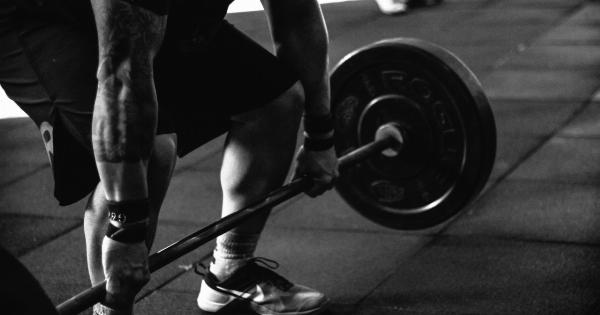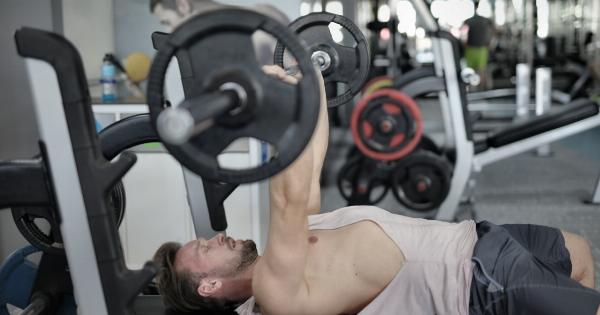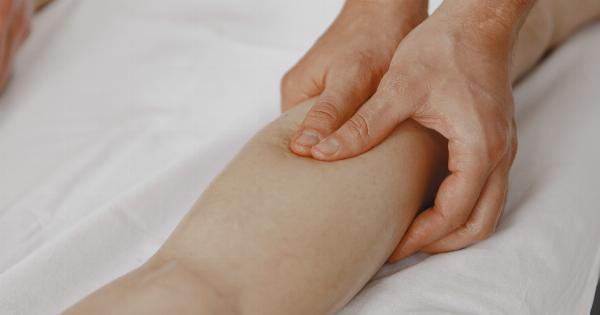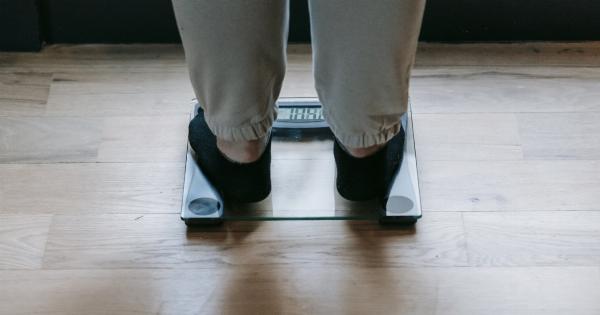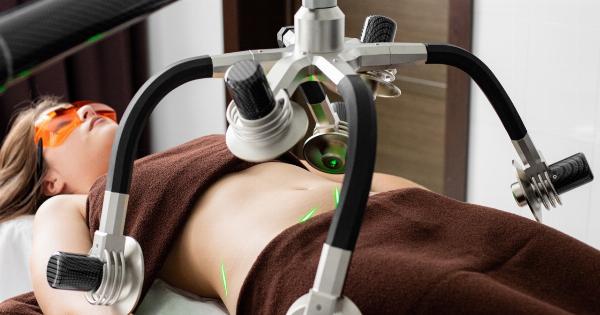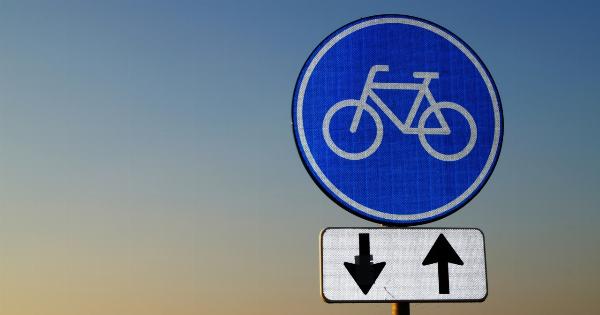The liver is a vital organ responsible for various essential functions in the body, including detoxification, protein synthesis, and metabolism of carbohydrates and fats.
Liver disease can have significant impacts on the overall health and well-being of an individual. While many signs and symptoms of liver disease are well-known, such as jaundice and abdominal pain, there are also certain leg signs that can indicate liver dysfunction.
1. Spider Angiomas
Spider angiomas, also known as spider nevi or spider veins, are tiny, dilated blood vessels that appear close to the surface of the skin. These angiomas often have a central red spot with radiating branches, resembling a spider’s web.
In liver disease, spider angiomas can develop due to elevated estrogen levels and impaired liver function. These leg signs are commonly seen in individuals with chronic liver disease, such as cirrhosis.
2. Palmar Erythema
Palmar erythema refers to the reddening of the palms of the hands. It appears as a diffuse, symmetric redness that is more pronounced over the thenar and hypothenar eminences of the palm.
Palmar erythema is commonly associated with liver disease, particularly cirrhosis. The exact mechanism behind this leg sign is not well understood, but it is believed to be related to increased blood flow and altered skin metabolism in individuals with liver dysfunction.
3. Dupuytren’s Contracture
Dupuytren’s contracture is a condition characterized by the thickening and tightening of the fibrous tissue beneath the skin of the palms and fingers. It leads to the formation of contractures, limiting the mobility of the affected digits.
While the exact cause of Dupuytren’s contracture is unknown, it has been observed to occur more frequently in individuals with liver disease, suggesting a possible association. The relationship between the two conditions is still not fully understood.
4. Pedal Edema
Pedal edema refers to the swelling of the feet and ankles. It is a common manifestation of liver disease, particularly in advanced stages.
Liver dysfunction can lead to a decrease in the production of albumin, a protein responsible for maintaining the balance of fluid in the body. As a result, fluid can accumulate in the lower extremities, leading to pedal edema. This leg sign is often accompanied by other symptoms such as abdominal distention and ascites.
5. Muscle Cramps
Individuals with liver disease may experience muscle cramps, particularly in the legs. These cramps can be debilitating and can range from mild to severe in intensity.
The exact cause of muscle cramps in liver disease is not well understood, but it is believed to be related to electrolyte imbalances, such as low levels of magnesium and potassium, which can occur as a result of liver dysfunction.
6. Bruising and Bleeding
Liver disease can affect the production of clotting factors, leading to an increased risk of bleeding and easy bruising. Bruises may appear spontaneously or with minimal trauma.
In addition to the typical bruising on the extremities, including the legs, individuals with liver disease may also experience gastrointestinal bleeding, nosebleeds, or bleeding gums. These leg signs can be indicative of an underlying liver dysfunction.
7. Clubbing
Clubbing refers to the enlargement and rounding of the fingertips and nails. It is thought to be due to abnormal vascular changes in response to chronic hypoxia, which can occur in advanced liver disease.
Clubbing is usually a late sign of liver disease and may be associated with other signs of liver dysfunction, such as jaundice and ascites.
8. Caput Medusae
Caput medusae, named after the Greek mythological character Medusa, refers to the appearance of engorged and visible veins around the umbilicus. These veins take on a characteristic radial pattern, resembling the snakes on Medusa’s head.
Caput medusae is a specific sign of portal hypertension, which commonly occurs in advanced liver disease. Increased pressure in the portal venous system causes blood to seek alternative routes, leading to the development of these prominent veins on the abdomen and sometimes extending to the legs.
9. Muscle Wasting
Muscle wasting, also known as muscle atrophy, refers to the loss of muscle mass and strength. It can occur in individuals with chronic liver disease, especially during the advanced stages.
Liver dysfunction can lead to a decrease in protein synthesis and increased breakdown of muscle proteins, resulting in muscle wasting. This leg sign is often accompanied by generalized weakness and fatigue.
10. Pruritus
Pruritus, or itching, is a common symptom experienced by individuals with liver disease. It can affect various parts of the body, including the legs.
The exact cause of pruritus in liver disease is unclear, but it is believed to be due to the accumulation of bile acids in the skin, direct deposition of bile salts, or inflammation. Pruritus can significantly impact the quality of life and may require specific treatment approaches.






